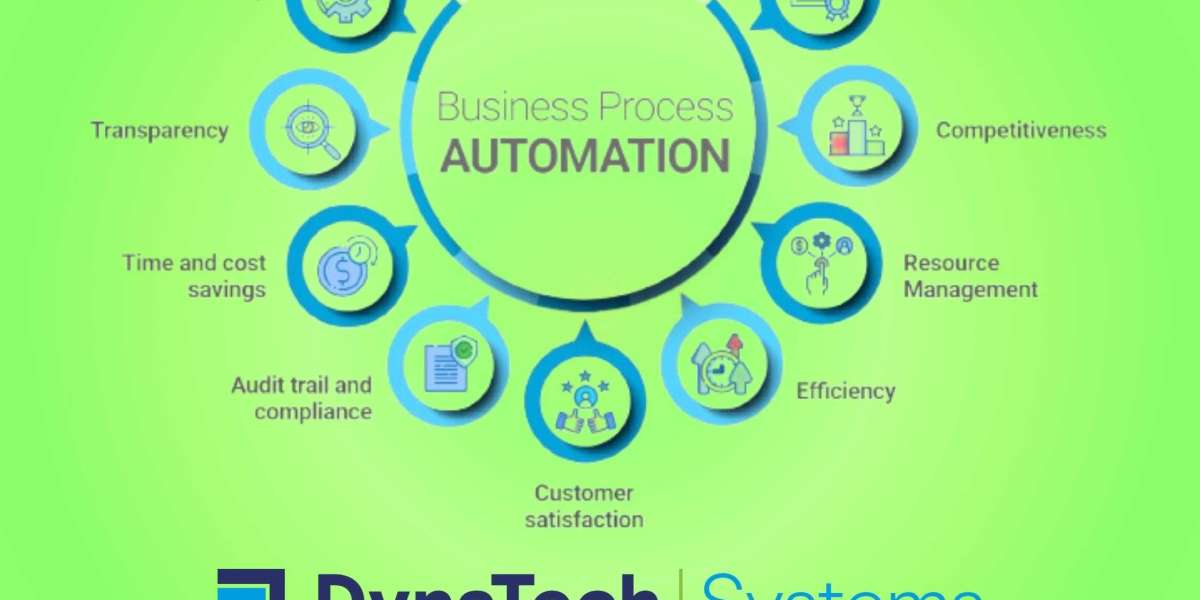In today’s digital era, businesses are constantly seeking ways to enhance customer experience (CX) while maintaining efficiency and scalability. One of the most impactful strategies organizations can adopt is Business Process Automation (BPA). By automating repetitive and time-consuming tasks, businesses can improve response times, minimize errors, and provide personalized customer experiences, leading to higher customer satisfaction and loyalty.
This article explores how Business Process Automation enhances customer experience, the key benefits it brings, and real-world examples of its implementation.
What is Business Process Automation (BPA)?
BPA Business Process Automation (BPA) is the use of technology to automate complex business processes, reducing manual intervention and increasing efficiency. BPA leverages Artificial Intelligence (AI), Machine Learning (ML), Robotic Process Automation (RPA), and workflow automation tools to streamline operations across various departments, including customer service, sales, marketing, and finance.
Unlike simple task automation, BPA integrates multiple systems, ensuring seamless workflows and optimizing the entire customer journey.
How Business Process Automation Enhances Customer Experience
1. Faster Response Times and Reduced Waiting Periods
Customers today expect quick responses, whether they are making inquiries, submitting complaints, or placing orders. Automation in customer support ensures that queries are handled efficiently.
- Chatbots AI Assistants: Automated chatbots can provide instant responses to frequently asked questions, reducing the need for human intervention. AI-powered virtual assistants can also escalate complex issues to the appropriate department.
- Automated Ticketing Systems: When customers raise concerns, automation tools prioritize and route tickets based on urgency, ensuring timely resolutions.
- Self-Service Portals: Businesses can implement knowledge bases and FAQ sections where customers can find answers without contacting support.
Example: A telecom company implementing an AI chatbot reduces customer wait times from 10 minutes to less than a minute, significantly improving satisfaction scores.
2. Personalized Customer Interactions
Customers appreciate tailored experiences that cater to their preferences and behaviors. BPA allows businesses to analyze customer data and personalize interactions across multiple touchpoints.
- Automated Email Marketing Campaigns: Businesses can segment customers based on their purchase history and browsing behavior, sending personalized recommendations and offers.
- Dynamic Customer Support Routing: Automation ensures VIP customers or high-priority cases are instantly directed to senior agents.
- AI-Driven Product Recommendations: E-commerce platforms use AI to suggest relevant products, increasing conversion rates.
Example: Amazon's recommendation engine uses automation and AI to analyze customer preferences, resulting in a 35% increase in sales through personalized product suggestions.
3. Enhanced Consistency and Accuracy
Manual processes often lead to human errors, such as incorrect data entry, misplaced orders, or miscommunication. BPA eliminates these issues, ensuring consistency and accuracy across all customer interactions.
- Automated Data Entry Validation: Reduces errors in order processing and customer information management.
- Standardized Customer Communication: Automated emails and notifications ensure customers receive timely and uniform messages regarding transactions, promotions, or service updates.
- Error-Free Billing Invoicing: BPA ensures invoices are generated and sent accurately, avoiding disputes and delays.
Example: A financial services company implementing automated billing reduces invoice errors by 80%, leading to fewer customer complaints and improved trust.
4. Seamless Omnichannel Experience
Customers engage with businesses through multiple channels—websites, mobile apps, social media, and in-store visits. Automation integrates these channels to provide a seamless and unified customer experience.
- Unified Customer Profiles: Automation consolidates data from different channels, ensuring customer service teams have a 360-degree view of interactions.
- Automated Follow-Ups Notifications: Customers receive consistent updates on orders, deliveries, and service requests, no matter which platform they use.
- Cross-Channel Marketing Automation: Personalized promotions and offers are sent via email, SMS, or push notifications based on customer behavior.
Example: A retail brand using omnichannel automation provides a consistent shopping experience, allowing customers to check product availability online and pick up in-store without hassle.
5. Improved Customer Feedback Management
Understanding customer sentiment and acting on feedback is essential for long-term success. BPA simplifies the process of collecting, analyzing, and responding to customer feedback.
- Automated Surveys Feedback Requests: Customers receive post-purchase or post-service surveys through email, SMS, or app notifications.
- Sentiment Analysis AI Insights: Automation tools analyze feedback in real-time, identifying trends and areas for improvement.
- Instant Escalation of Negative Feedback: Unhappy customers are automatically identified, and their concerns are prioritized for quick resolution.
Example: A SaaS company automates feedback collection and identifies recurring issues, leading to a 25% improvement in customer satisfaction scores.
6. Increased Operational Efficiency, Leading to Better Customer Service
When employees spend less time on repetitive administrative tasks, they can focus on value-added activities that directly enhance customer experience.
- Automated Appointment Scheduling: Reduces scheduling conflicts and missed meetings, improving customer interactions.
- Workflow Automation in Customer Support: Ensures customer service agents focus on resolving complex issues rather than performing routine tasks.
- Supply Chain Automation: Ensures timely product availability, reducing delays and stockouts.
Example: A healthcare provider using automated appointment scheduling reduces patient wait times and increases efficiency, leading to higher patient satisfaction.
Real-World Examples of Business Process Automation in Action
1. Banking and Financial Services
Banks use BPA to streamline loan processing, fraud detection, and customer service. Automated fraud detection systems analyze transactions in real-time, alerting customers to potential security threats instantly.
Impact: Faster loan approvals, improved security, and better fraud prevention.
2. E-Commerce and Retail
Retailers automate inventory management, personalized marketing, and order fulfillment. AI-driven chatbots assist customers with product recommendations and order tracking.
Impact: Reduced cart abandonment rates, increased sales, and enhanced customer loyalty.
3. Healthcare Industry
Hospitals use BPA for appointment scheduling, patient record management, and prescription automation. Chatbots assist patients with FAQs, reducing administrative workload.
Impact: Improved patient experience, reduced waiting times, and efficient healthcare services.
Final Thoughts
Business Process Automation is no longer a luxury but a necessity for companies aiming to deliver outstanding customer experiences. By implementing BPA, businesses can provide faster, more personalized, and seamless interactions, ultimately leading to higher customer satisfaction, increased loyalty, and improved operational efficiency.
As automation technology continues to evolve, companies that embrace BPA will not only enhance customer experience but also gain a significant competitive advantage in their respective industries.
Key Takeaways:
✅ BPA improves response times and minimizes customer wait times.
✅ Personalized interactions enhance customer engagement.
✅ Automation reduces human errors, ensuring consistency.
✅ Seamless omnichannel experiences increase customer satisfaction.
✅ Automated feedback collection helps businesses act on customer concerns proactively.
✅ Employees can focus on complex tasks while automation handles repetitive work.
By integrating Business Process Automation, companies can revolutionize how they interact with customers—building stronger relationships and driving long-term success.
Would you like to explore specific BPA tools or case studies related to your industry? Let me know! ?








